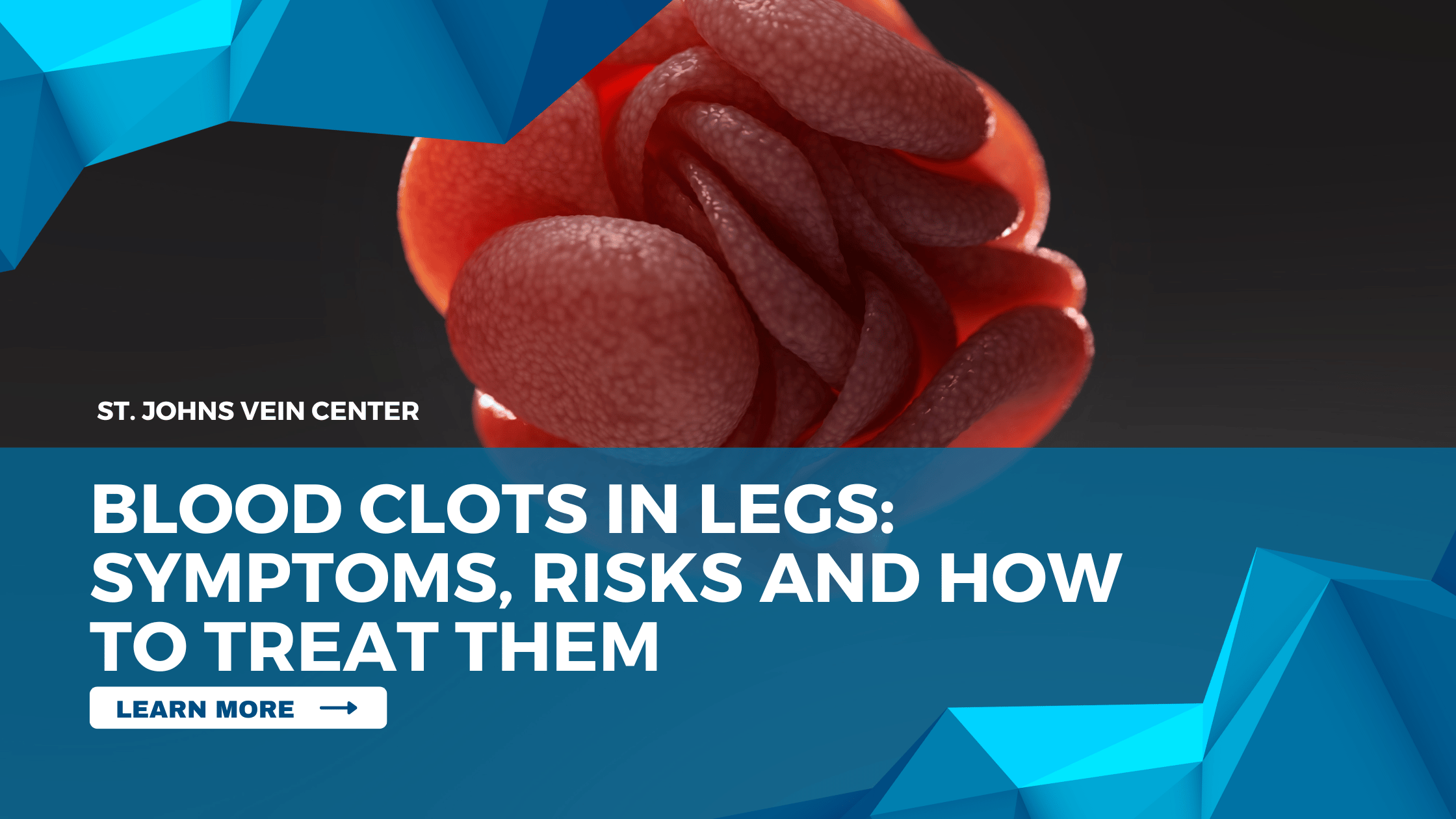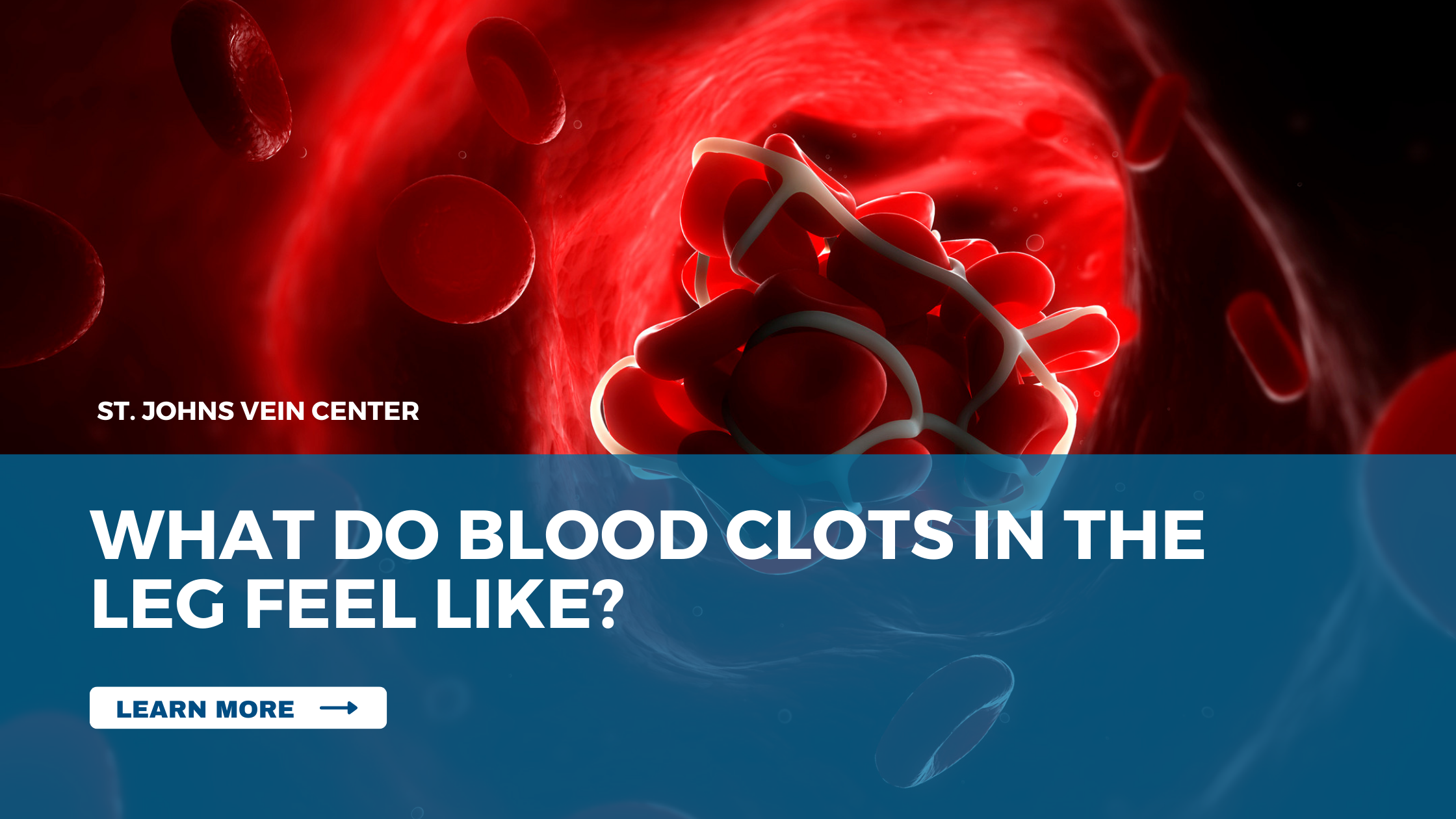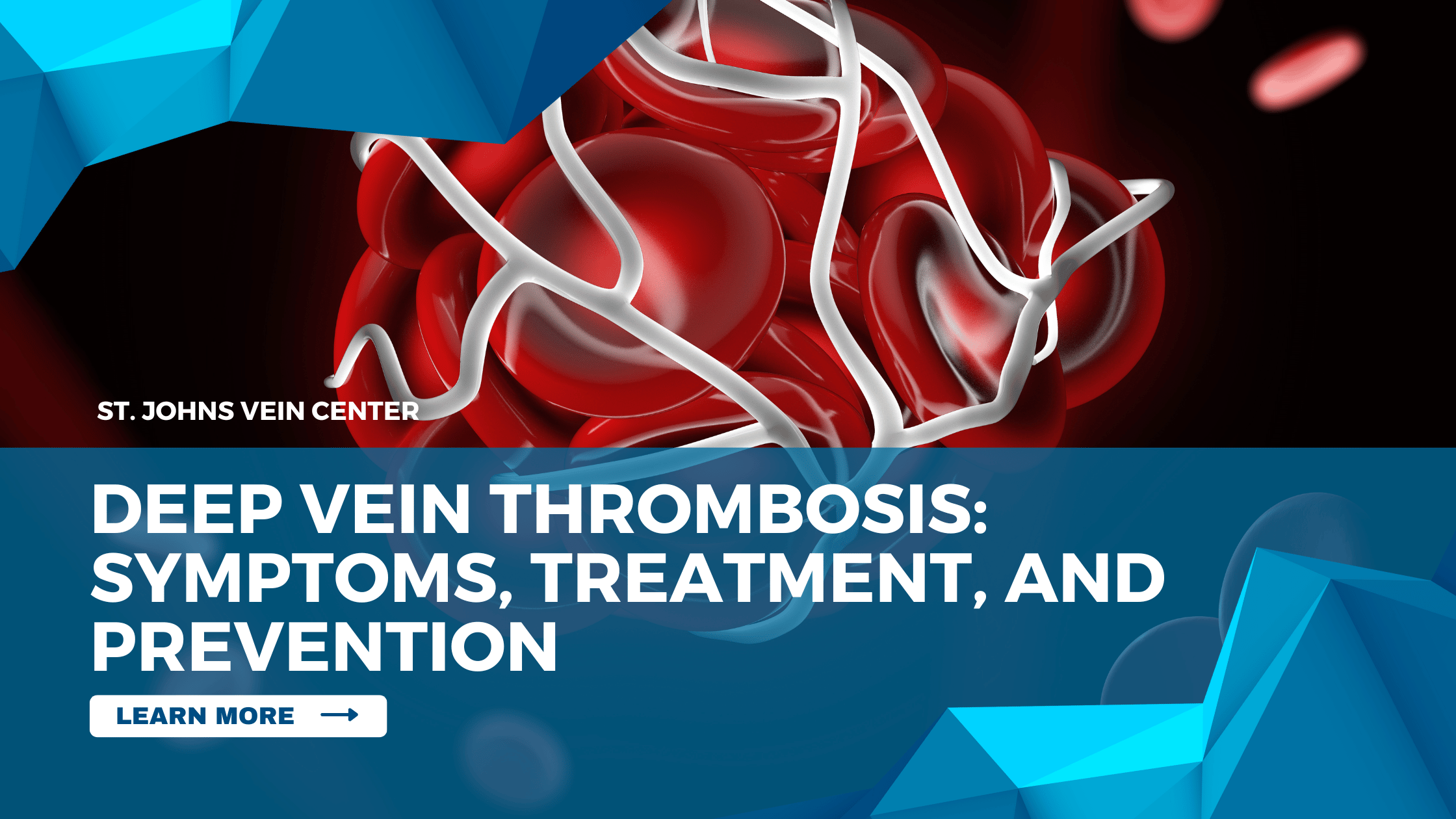Blood Clots In the Legs are a serious medical condition that can have life-threatening consequences if left untreated. This article will discuss the symptoms of leg blood clots, their associated risks, and how to treat them properly. Read on to learn more about this potentially dangerous condition and what you can do to protect yourself.
What are Blood Clots?
Blood clots are a serious medical condition when blood thickens and clumps together. Blood clots can occur in any body part but most commonly occur in the legs.
Blood clots can be dangerous because they block blood flow and cause tissue damage. If a blood clot breaks free and travels to the lungs, it can be fatal.
There are several different ways to treat blood clots, depending on the location and severity of the clot. Treatment options include anticoagulants (blood thinners), surgery, or compression stockings.
Symptoms of Blood Clots in Legs
There are a few key symptoms to be aware of when it comes to blood clots in the legs. The most common symptom is swelling in the affected leg. This swelling can often be accompanied by pain, tenderness, or redness. In some cases, the clot may also cause a feeling of warmth in the area.
If you experience any of these symptoms, you must see a doctor immediately. Blood clots can be dangerous and even life-threatening if not treated promptly.
You should also be aware of a few other less common symptoms of blood clots in the legs. These include:
- Shortness of breath
- Chest pain
- Palpitations
- Nausea or vomiting
If you experience any of these more severe symptoms along with the others listed above, it’s imperative that you seek medical attention immediately. Blood clots can quickly become very dangerous, so don’t delay getting help if you think you may be at risk.
Causes of Blood Clots in Legs
There are many causes of blood clots in the legs, and more than one factor is often involved. Some of the most common causes include:
-Prolonged immobility: When you don’t move around for extended periods, your blood flow slows, and your risk of clotting increases. This can happen when you’re confined to bed rest due to illness or injury or sitting for long periods without taking breaks to move around.
-Pregnancy: The increased levels of hormones and the pressure of the growing uterus on veins can cause blood clots in the legs during pregnancy.
-Certain medications: Birth control pills, hormone replacement therapy, and some cancer treatments can increase the risk of blood clots.
- Obesity: Carrying extra weight puts added strain on your veins and makes it more difficult for blood to circulate properly, which can lead to clotting.
-Smoking: The chemicals in cigarettes damage your veins and make it harder for blood to flow correctly, which increases your risk of developing a clot.
Diagnosis and Treatment of Blood Clots in Legs
The most common symptom of a blood clot in the leg is swelling, although pain and tenderness may also be present. The affected area will feel warm to the touch and look red and inflamed. If the clot is large, it may cause the leg to feel heavy or uncomfortable.
If you suspect a blood clot in your leg, you must see a doctor as soon as possible. Blood clots can be very dangerous and even life-threatening if they break free and travel to the lungs (a condition known as pulmonary embolism).
Your doctor will likely order some tests to confirm the diagnosis, such as an ultrasound or MRI. Once the diagnosis is confirmed, treatment will focus on breaking up the blood clot and preventing new ones from forming. This may involve taking medications (such as heparin or warfarin), wearing compression stockings, and making lifestyle changes (such as quitting smoking).
How to Prevent Blood Clots in Legs
When it comes to your legs, blood clots can be a severe problem. Blood clots in the legs are also known as deep vein thrombosis (DVT) and can occur when the blood flow in your leg is slowed or blocked. This can happen due to an injury, surgery, or even prolonged immobility.
DVT can be painful and, if left untreated, can lead to serious health complications like pulmonary embolism (PE). PE occurs when a blood clot from the leg breaks free and travels to the lungs, which can block an artery and cause potentially fatal respiratory problems.
There are several things you can do to prevent DVT and PE. First, if you have any risk factors for DVT (including being overweight, smoking, having had previous DVT/PE, or having a family history of DVT/PE), make sure to talk to your doctor before any extended periods of travel or immobility. Your doctor may prescribe special compression stockings or medication to help prevent DVT.
Second, during extended periods of travel or immobility (like sitting on a long flight or car ride), make sure to get up and move around every few hours. This will help keep your blood flowing and prevent clots from forming. And third, if you develop symptoms of DVT (like pain, swelling, redness, or warmth in the affected leg), don’t hesitate to contact your doctor immediately.
Risk Factors for Developing Blood Clots In Legs
Several factors can increase your risk of developing blood clots in your legs. These include:
• Being over the age of 60
• Having a history of blood clots or venous thromboembolism
• Having a family history of blood clots or venous thromboembolism
• Being overweight or obese
• Having cancer
• Taking hormones, such as estrogen or birth control pills
• Being pregnant or taking certain medications during pregnancy that increase the risk of blood clots, such as heparin
• Having surgery, especially hip or knee replacement surgery
• Being immobile for long periods, such as after an accident or during a long plane flight
• Having an injury to your leg
Natural Remedies for Treating Blood Clots
Several natural remedies can be used to treat blood clots in the legs. These include:
-Wearing compression stockings: This is a standard treatment for blood clots and helps to reduce the swelling in your legs.
-Elevating your legs: This helps to reduce the pressure on your veins and prevents the formation of new blood clots.
-Exercising: This helps to increase circulation in your legs and prevent the formation of new blood clots.
-Taking regular breaks: If you are sitting or standing for long periods, take a break every few hours to move around and stretch your legs.
-Massaging your legs: This helps to improve circulation in your legs and prevent the formation of new blood clots.
Conclusion
Blood clots in the legs can be a severe medical condition and should not be neglected. Understanding what symptoms to look out for, how to reduce your risk of forming blood clots, and how they can be treated is essential in maintaining good leg health. If you are concerned that you may have a clot or believe you are at risk, seek immediate medical attention from your doctor. With the correct diagnosis and treatment plan tailored to your needs, it is possible to keep any potential complications under control and get back on track with proper leg health.




